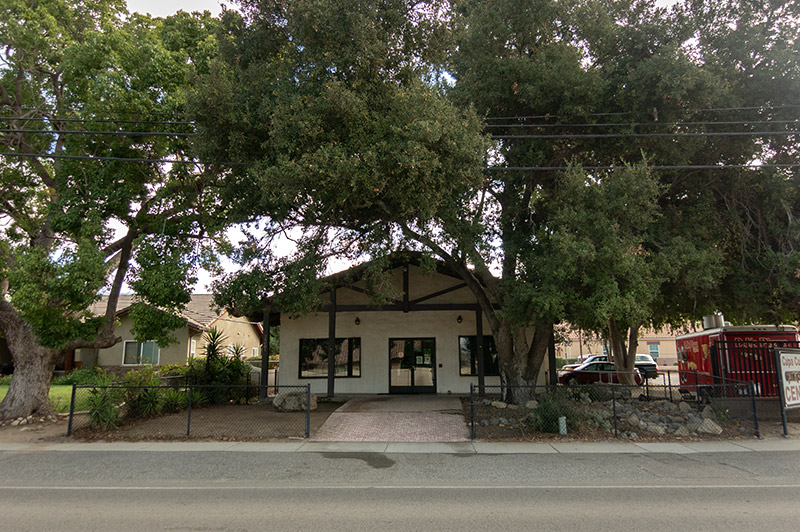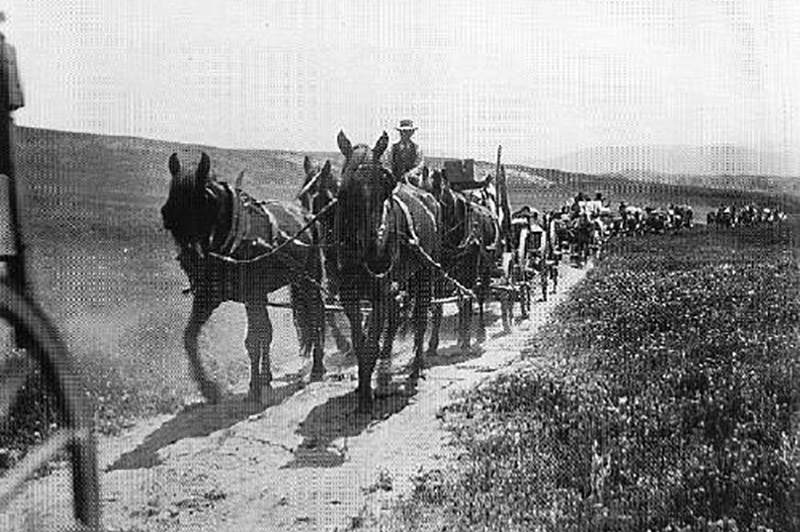From the Cahuilla, they maintained the complex social organization of exogamous moieties, patrilineal clans, and ceremonial exchange “parties.” From the Luiseño they acquired some of the rituals of the Chinigchinich religion, a religion of moral and spiritual rigor based on self-discipline, a concept of an ethical life and ecstatic visions of the nature of the world. This was added to the older complex of funerary rituals and the eagle ceremony.
They intermarried, exchanged ceremonies, and fought with the Hokan-speaking Diegueño to the south. This new world of the Cupeño was constructed in intimate contact with their lands, which were small but rich enough in natural resources and beauty to sustain a complex way of life for the villages.
When the Spanish, Mexican, and American settlers came to California, the Cupeño experience of being at a cultural crossroads was further complicated. The first whites came to their valley around 1795, and the town of Cupa and its hot springs became a natural way station on any route from the south or east through the Arizona desert to the coast of California.
The Mission San Luis Rey and later Mission San Diego maintained outstations at Cupa until the secularization of the missions in 1834, and the Cupeño became Christians early in the nineteenth century, while still maintaining most of their traditional religion. They also learned agriculture, and from that time have been farmers as well as hunters and gatherers.
In 1840 the governor of California granted Cupeño lands “without prejudice to the indigenes” to a Mexican citizen, Jose Antonio Pico, who wrote a statement dated August 9, 1840, that “the indigenes cede to me all the rights with which they are invested, solely because I place my residence by their side, in order to cooperate in the care of the few interests which they have for their subsistence. They ask through me for their emancipation, so that they may be able to take up with freedom their labors for the support and benefit of their families.”
Pico’s efforts to establish himself apparently failed, and in 1844 the ranch was granted to Juan Jose Warner, an American who had Hispanicized his name. Warner’s grant from Governor Alvarado, unfortunately, did not mention the Indians and referred to the land as “vacant and abandoned,” evidently in reference to the buildings which had been built by the Indians under the supervision of Franciscan fathers from Mission San Luis Rey.




